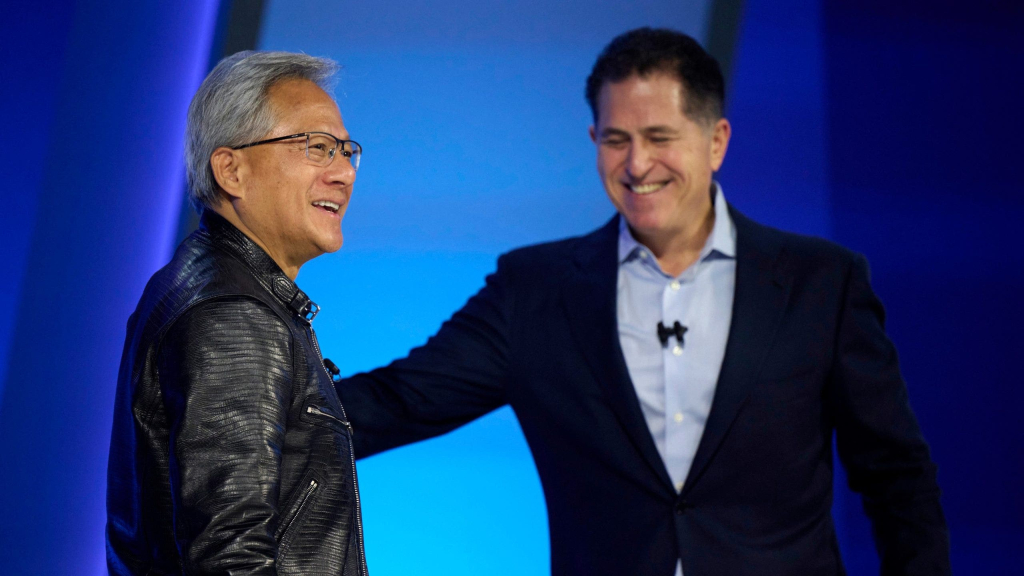On Thursday, Nvidia and Dell unveiled plans for a cutting-edge supercomputer powered by artificial intelligence (AI), set to launch next year to enhance research capabilities at the Department of Energy (DOE).
The DOE has awarded the two companies a contract to create the new flagship supercomputer at the Lawrence Berkeley National Laboratory, known as the Berkeley Lab, with a projected completion date in 2026. This next-generation supercomputer is expected to significantly further research in areas such as fusion energy, materials science, astronomy, and drug discovery at the National Energy Research Scientific Computing Center (NERSC), a division of the DOE dedicated to high-performance computing located at Berkeley Lab.
The Doudna supercomputer, named in honor of biochemist Jennifer Doudna, who won the Nobel Prize in Chemistry in 2020 for her pioneering work on CRISPR gene-editing technology, will be built by Dell in conjunction with Nvidia’s AI technologies. It aims to support extensive high-performance computing tasks, including molecular dynamics, high-energy physics, and AI training and inference.
Energy Secretary Chris Wright emphasized the significance of the project, stating, “The Doudna supercomputer represents DOE’s commitment to advancing American leadership in science, AI, and high-performance computing.” He added that the supercomputer will serve as a vital resource in the race for dominance in AI, highlighting its potential to revolutionize energy supplies and lead to breakthroughs in various fields, including quantum computing.
Doudna’s anticipated performance capacity is projected to exceed that of the current flagship supercomputer, Perlmutter, by over tenfold regarding scientific output. Notably, this advancement will only require a modest increase in power consumption, expected to rise merely two- to three-fold, translating to an overall performance increase of three- to five times.
Jensen Huang, co-founder and CEO of Nvidia, referred to Doudna as “a time machine for science,” explaining that it will enable scientists to compress years of discovery into mere days. He stated, “Built together with DOE and powered by Nvidia’s Vera Rubin platform, it will let scientists delve deeper and think bigger to seek the fundamental truths of the universe.”
| Ticker | Security | Last | Change | Change % |
|---|---|---|---|---|
| NVDA | NVIDIA CORP. | 139.19 | +4.38 | +3.25% |
| DELL | DELL TECHNOLOGIES INC. | 113.63 | -0.14 | -0.12% |
Michael Dell, chairman and CEO of Dell Technologies, remarked, “At Dell Technologies, we are empowering researchers worldwide by seamlessly integrating simulation, data, and AI to address the world’s most complex challenges. Our collaboration with the Department of Energy on Doudna underscores a shared vision to redefine the limits of high-performance computing and drive innovation that accelerates human progress.”
Doudna is designed to integrate simulation, data, and AI into a single platform, providing over 11,000 researchers with rapid responsiveness and cohesive workflows, according to Nvidia’s announcement.
Nick Wright, advanced technologies group lead and chief architect for Doudna at NERSC, encapsulated the project’s ambition, stating, “We’re not just building a faster computer. We’re building a system that helps researchers think bigger, and discover sooner.”


























